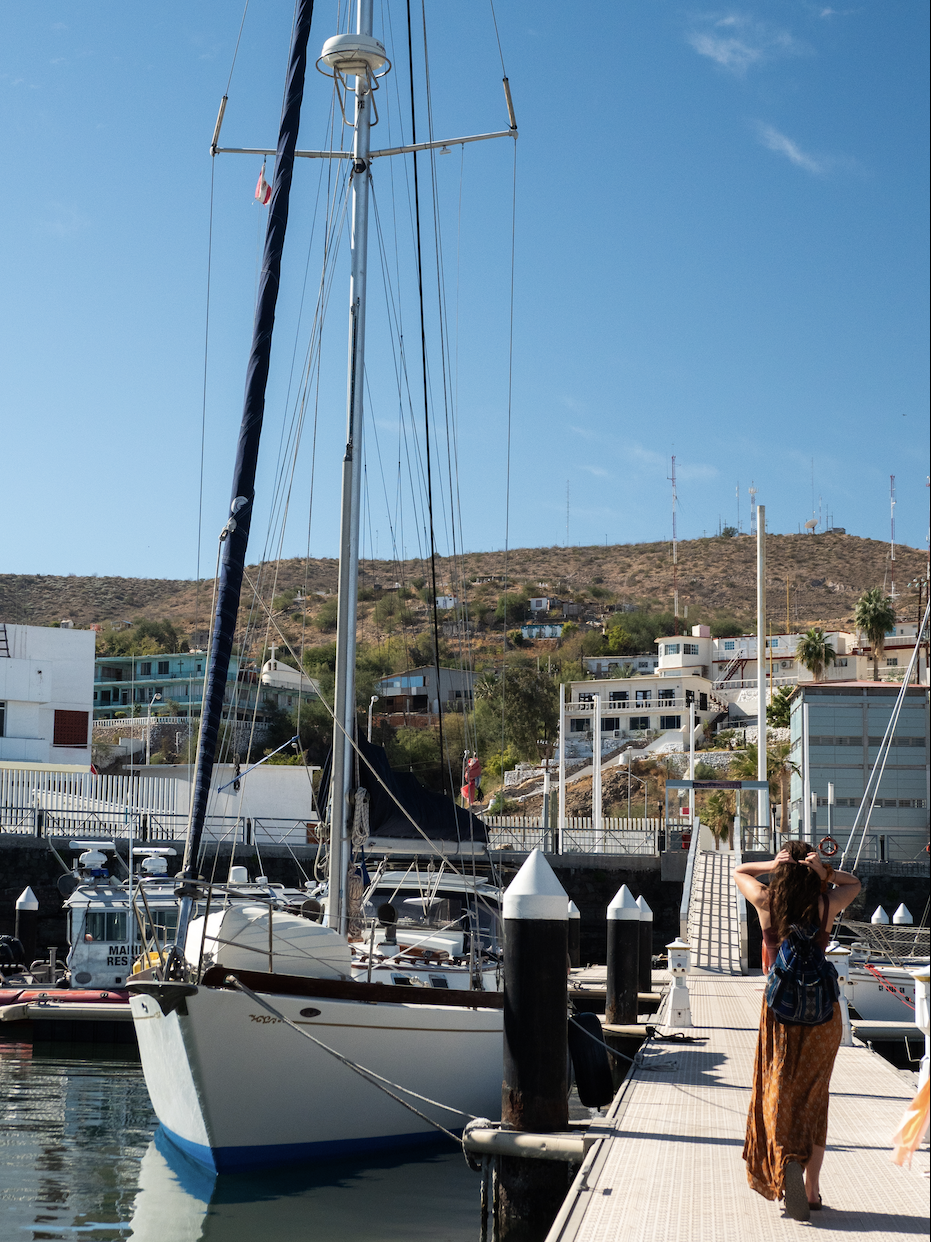 After an exhilarating 150-nautical-mile sail from Refugio, the sight of Santa Rosalia’s breakwater felt like a beacon of hope amidst the tumultuous seas. With the wind howling in the 30s, we rode the 5 foot waves into the tiny harbor, maneuvering cautiously before finally securing our vessel to the dock in a side-tie configuration.
After an exhilarating 150-nautical-mile sail from Refugio, the sight of Santa Rosalia’s breakwater felt like a beacon of hope amidst the tumultuous seas. With the wind howling in the 30s, we rode the 5 foot waves into the tiny harbor, maneuvering cautiously before finally securing our vessel to the dock in a side-tie configuration.
Initially, we had hesitated about docking, considering the narrow slips and challenging downwind conditions. However, the worsening weather outside the harbor made it clear that seeking refuge at 14 pesos/foot per night was in our best interest. Luckily all went according to plan and we executed the docking procedure flawlessly. With Avocet squared away, we began to decompress from the slightly stressful sail while waiting to catch Kessel’s lines on the end tie.
Santa Rosalia
Nestled along the stunning coastline of Baja California Sur, Santa Rosalía is a picturesque town waiting to enchant visitors with its unique charm and rich history. Founded in the late 19th century as a mining town, Santa Rosalía retains much of its historic character, evident in its architecture, cuisine, and vibrant community spirit. For us Southern Californians, Santa Rosalía was very reminiscent of California’s Catalina Island; a small town surrounded by towering mountain sides with lots of charm and history.
Despite our exhaustion, we decided to get out and stretch our legs to get acquainted with our new digs which is what brought us to the foundry. As mentioned, the city was founded as a company town by the French Compagnie du Boleo in 1884, which established the local copper mines that were operational until 1945. Unlike many other mining sites, the industrial facilities which are located in the very middle of the town, were never dismantled, which was very fun to explore
Mining
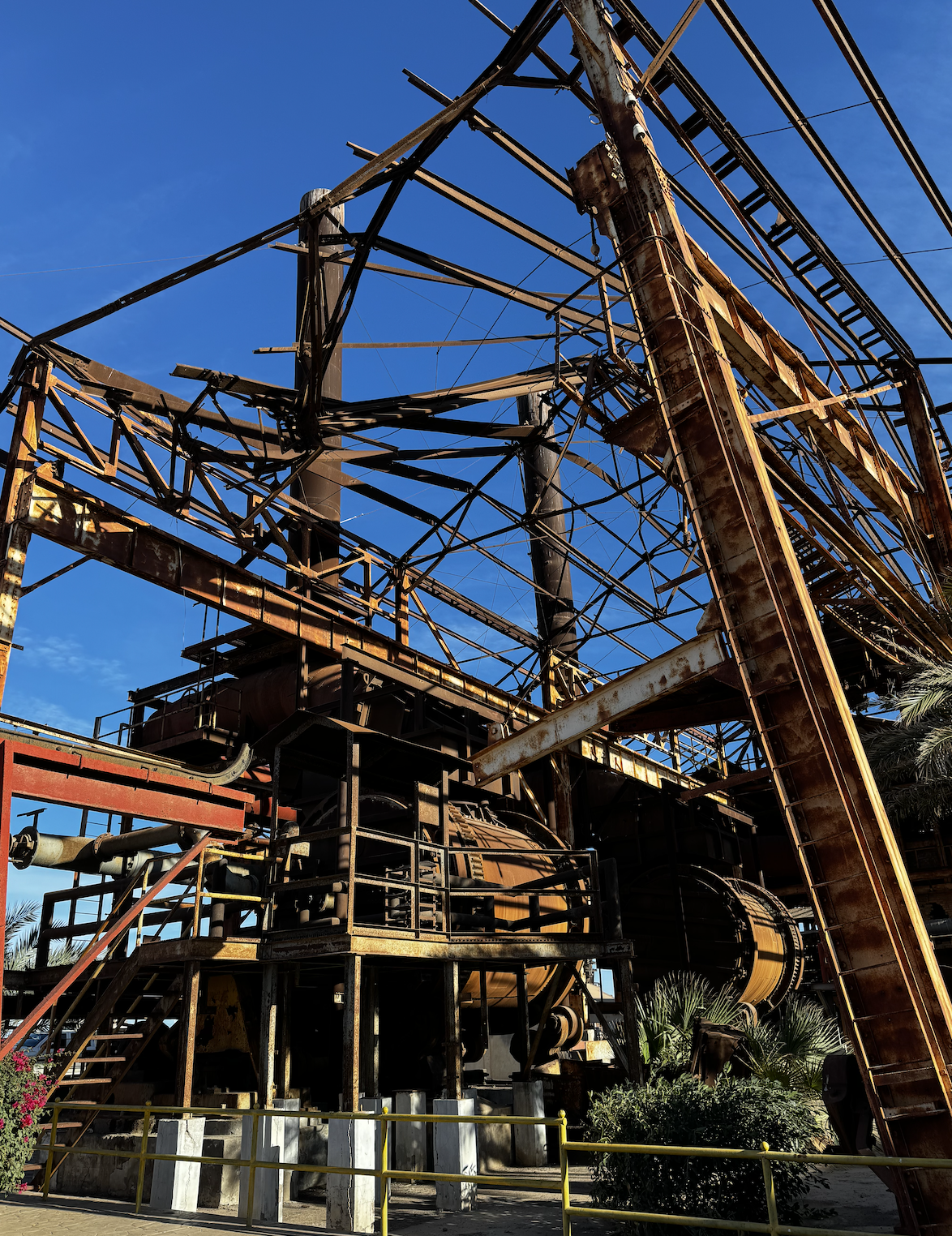 During our short time in Santa Rosalia, we sure learned a lot about their history. Did you know they were the second place in Mexico to get electricity?! While walking through town we had the opportunity to take a little guided tour of a shallow mine where we The extraction of ore from the mines was labor-intensive. Chinese, Japanese, Yaqui Indians and Mestizos were brought in to work in the mine and many died due to the poor working conditions – but the Yaqui Indians, native to Sonoyta (the border town we drove through to get to Peñasco) were used to the heat, making them the most efficient workers, which protected their people during a time of genocide.
During our short time in Santa Rosalia, we sure learned a lot about their history. Did you know they were the second place in Mexico to get electricity?! While walking through town we had the opportunity to take a little guided tour of a shallow mine where we The extraction of ore from the mines was labor-intensive. Chinese, Japanese, Yaqui Indians and Mestizos were brought in to work in the mine and many died due to the poor working conditions – but the Yaqui Indians, native to Sonoyta (the border town we drove through to get to Peñasco) were used to the heat, making them the most efficient workers, which protected their people during a time of genocide.
The ore was extremely rich and could be fed directly to the smelter without pre-processing other than crushing. There were 7 relatively small reverberatory furnaces in the smelter and, in the 1930s, a pair of Peirce-Smith converters were added to produce blister copper (98% copper). Due to the complex metallurgy, no attempt was made to extract the cobalt, zinc, and magnesium, but it was heavily present. The company created an artificial harbor from the slag, which is the very harbor we docked with Avocet. Speaking of the slag (which is obsidian), there was SO MUCH of it that the company disposed of it by boat which is why the surrounding beaches have black sand!
At the end of the 19th century, El Boleo was known as the Mexican capital of copper, producing 11,000 tonnes of pure copper annually, about half of Mexico’s total copper production. In the early 20th century, the company was renowned for using technology considered to be state-of-the-art for ore processing and refining. The powerhouse, by L’usine électrique, was considered the most advanced electrical system of its time in Mexico. Not surprisingly, it worked well until the 1970s, when it was finally shut down. The French company operated until 1954, when the tax exemption expired. The project then went bankrupt and the mine was shut down. The Mexican government then stepped in until 1984 when it was definitely closed.
The foundry can still be (cautiously) explored today, and the inside of the building has been turned into a bit of a museum where you can sign your name in the visitors book.
The Church
Santa Rosalía boasts French influence, particularly in its architecture which made for a very interesting blend of Mexican and European culture throughout the town. The French Boleo Mining Company constructed a network of roads, ranches, farms and water lines to supply the needs of the mine and miners in Santa Rosalia, but one thing over-looked was a church for the new town. Where would they hold Sunday mass!? Cue Alexander Gustave Eiffel.
Alexander Gustave Eiffel (of Eiffel Tower fame) had designed a pre-fabricated metal church in 1884 as a prototype for missionary churches in France’s tropical colonies. In 1889 the church and the Eiffel Tower were put on display at the Paris World’s Exposition, where Gustave won first prize for the church’s design… not the iconic Eiffel Tower. Years later, an official for the Boleo Mining Company learned of the church being stored in a Brussels warehouse, so he purchased it and had the church shipped to Santa Rosalía where it was reassembled in 1897. There it was given the name ‘Iglesia de Santa Bárbara’ – Saint Barbara being the patron saint of miners
To literally step into a piece of history was awe-inspiring. A simple church in comparison to the grand, glistening displays of worship seen throughout Europe and even inner Mexico (example: Basilica of Santa María de Guadalupe) but one that packed a punch in terms of inspiration. Built entirely from stamped steel sheet squares, the religious object is supported by a formidable steel structure in a sober and austere style, which was later modified in order for the functionality to be improved. Throughout the years, more precisely until 1954, the church was well taken care of by the mining company, but when the mining work in the region ended, it was given to the local community to protect and preserve it. Filled with colorful stained glass and religious images, there were some architects who were allured here in order to study this masterpiece, such as the American architectural student, Angela Gardner. Nevertheless, being the great pride of the town, Santa Bárbara Church continues to be inspiration to motivate architects to use material that are not consistent with the present day construction material norms
The Long Walk
One of the many things we have fallen in love with in Mexico is good birria tacos – I included “good” because there is definitely bad birria. Thanks to our pals Max and Karen (SV Lusty) we learned to be connoisseurs of the traditional Jalisco tacos and can confidently say that the ones we ate in Santa Rosalia were a solid 3 out of 5 stars and in the words of Max, “totally serviceable”. Fueled by tacos, we decided to walk the town and really got our steps in… and a good test of our flight or flight responses. I have never seen more street dogs mixed with kept dogs, all barking and some chasing our ankles which was definitely a bit stressful. Luckily we are all well versed in dog body language and could take a wide berth when necessary. If only that was the least of our worries that day.
The sun was warm and the surrounding hillsides were begging to be hiked up, specifically the one with a huge cross at the top marking the cemetery. If you know me, you know I love respectfully exploring old cemeteries where I have found you can learn a lot about the people who are not only buried there but also still walk the path of the living. So, after watching a handful of runners run up and down the hillside that was decorated with prayer shrines, we followed the winding path to the top… almost. Near the top of the steep hillside was a woman, clearly having a bad trip on some substance and our presence only seemed to make it worse. We thought we could gently get around her (similar to how we gave the dogs a wide berth) to continue on our way, but when Peter went to step around she picked up a rock and threw it at his stomach.
Chris was behind Peter and tried to de-escalate the situation. After all, it was a steep cliffside that we had just wandered up, and racing back down to escape a deranged person did not seem like a good option (especially since I was in a skirt). Unfortunately, Chris’s efforts were not appreciated and she threw another rock at him that he fortunately caught in his hand and dropped to the ground. I was already scrambling down the path, keeping my eyes uphill in case she decided to throw my way. Luckily she stayed perched beneath the cemetery cross, waving her hands, yelling incoherently and shaking her head.
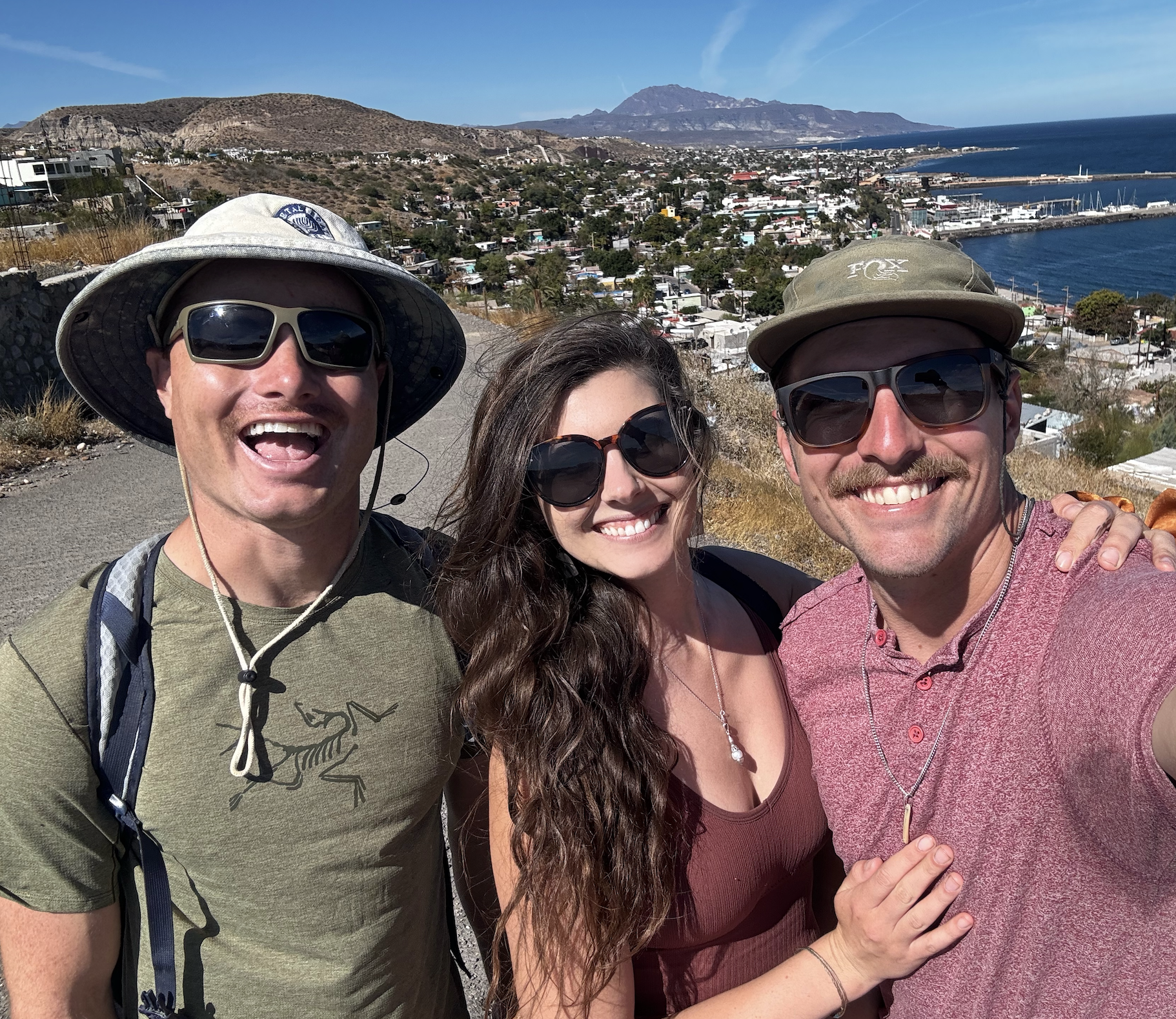 At the bottom of the trail we all went over the events that had just transpired. None of us were injured, just shooken up, but used the mild dose of adrenaline to carry us up the road. We encountered more dogs poking their heads through fences for a warning chomp and the occasional chihuahua that got a bit to close to our ankles. It’s safe to say, we were on edge and it help that it seemed like every dog in town (both stray and kept) had a gringo alarm that drew a lot of attention to our crew of three.
At the bottom of the trail we all went over the events that had just transpired. None of us were injured, just shooken up, but used the mild dose of adrenaline to carry us up the road. We encountered more dogs poking their heads through fences for a warning chomp and the occasional chihuahua that got a bit to close to our ankles. It’s safe to say, we were on edge and it help that it seemed like every dog in town (both stray and kept) had a gringo alarm that drew a lot of attention to our crew of three.
Finally, we reached the backside of the cemetery and wandered through the final resting place with a view. As we made our way back down we encountered more dogs, barking, and a heightened sense of fight or flight. Back on the malecon we ate more tacos then returned to the marina where the hole in the wall tap room had the NFL game on. It was there we watched the San Francisco 49er’s take the W that would earn their place in the super bowl, playing against Taylor Swift’s team – er, I mean the Kansas City Chiefs.
The boys kicked back a handful of beers to the point where they arm wrestled, Peter winning right handed and Chris winning left. Various wings were eaten, including the suicidio wings which were supposed to be the hottest on the menu. The waiter questioned the boys order, trying to explain they were hot, but the pair were unbothered. They took them down with ease… but what goes in, must come out, and that is a story I will spare you from. Speaking of stories, that is where this one ends. Our time in Santa Rosalia was short but sweet, and what we had waiting for us just around the corner was just my cup of tea… so stay tuned for more stories from your favorite sailors.
Fair winds,
Marissa (and Chris and Cleo)
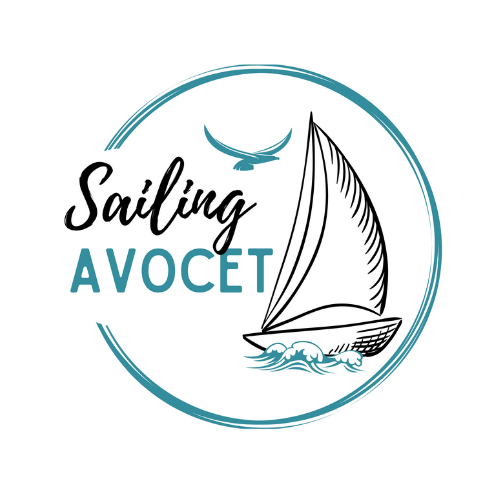
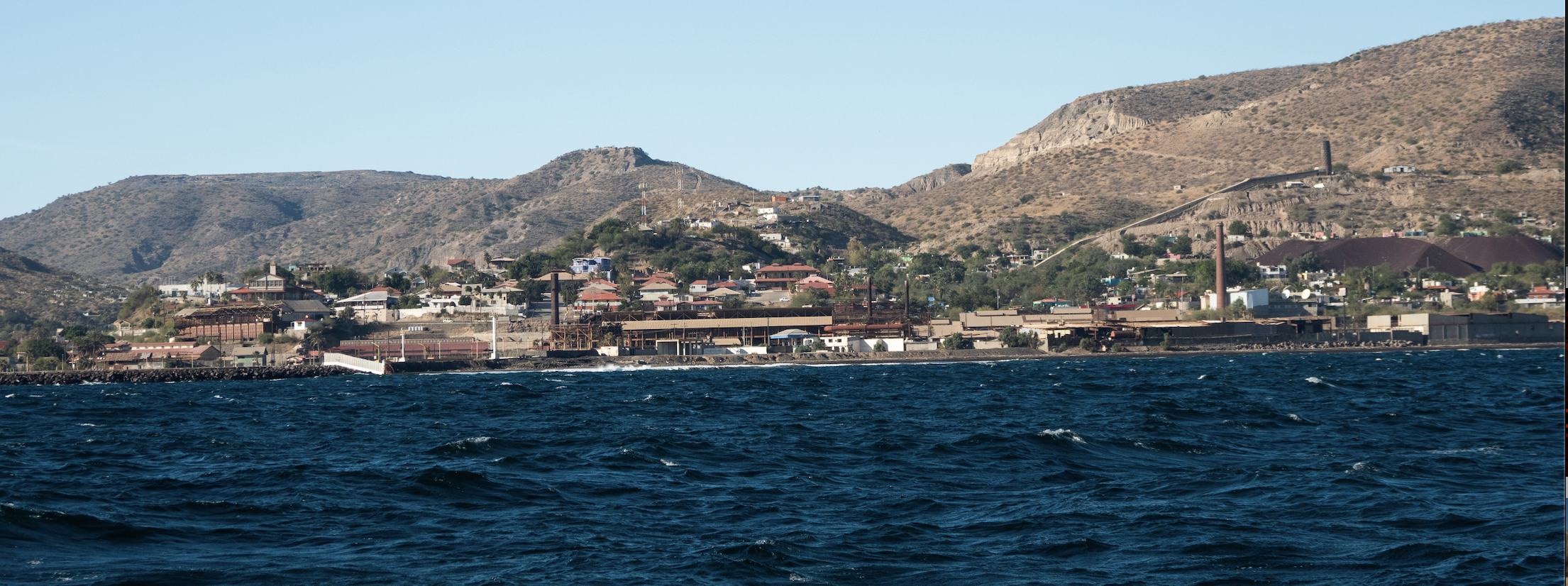
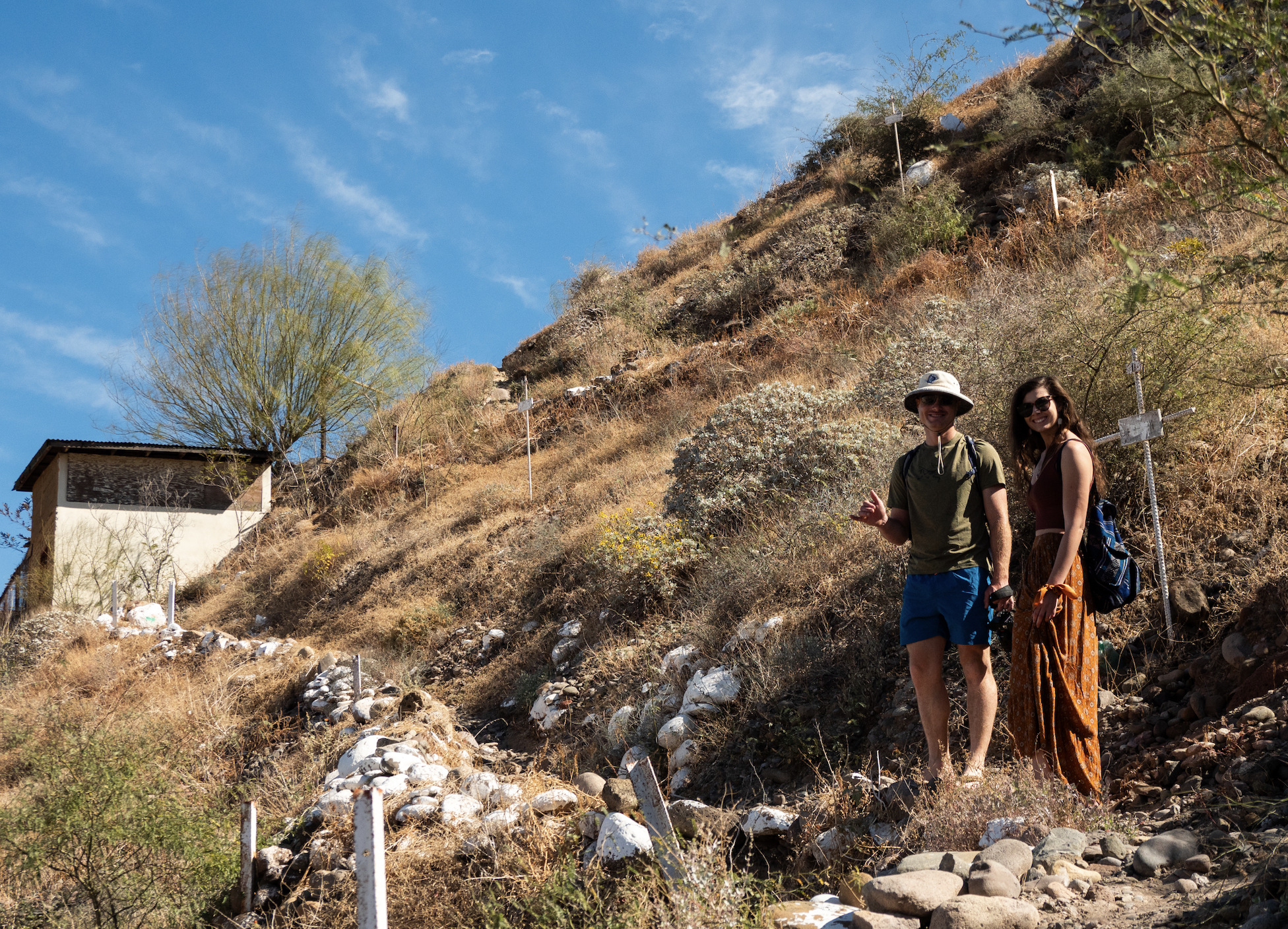



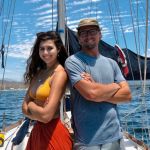




0 Comments